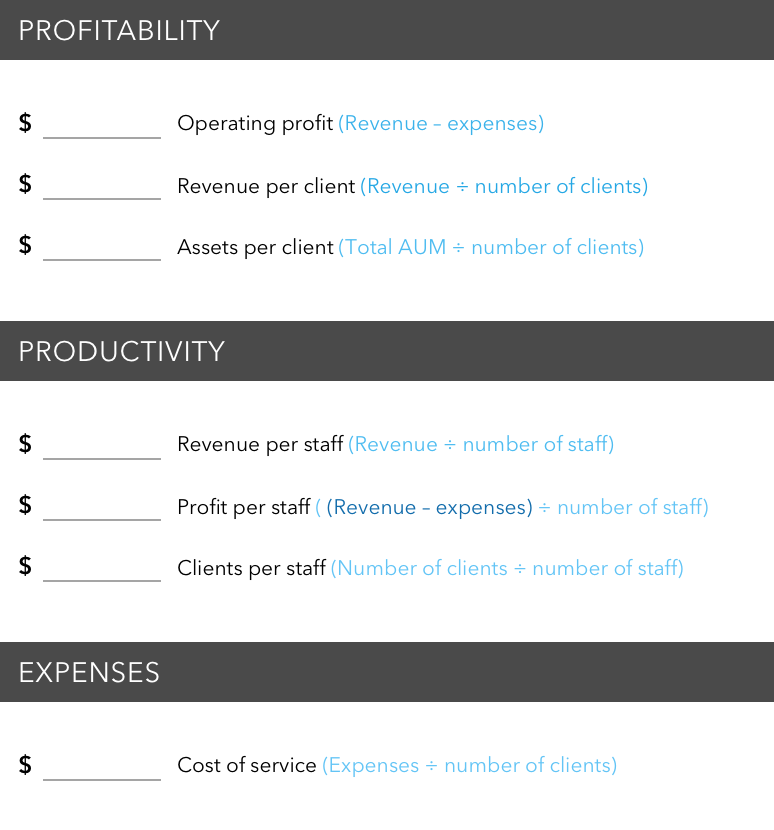If you are building a successful financial planning practice, two familiar obstacles you are bound to encounter are time and capacity. “Even as your top-line business is growing, you may find you need to handle more clients with limited time,” says Paul Cieslik, advisor practice management consultant at Capital Group.
It sounds like a good problem to have, but when stretched past capacity, your business will start to show it. In fact, it will become increasingly impossible to maintain all client relationships at the same level.
There are changes that advisors can make to build capacity, get more time and create meaningful long-term growth for their business. Here are five ways to improve productivity in your practice.







